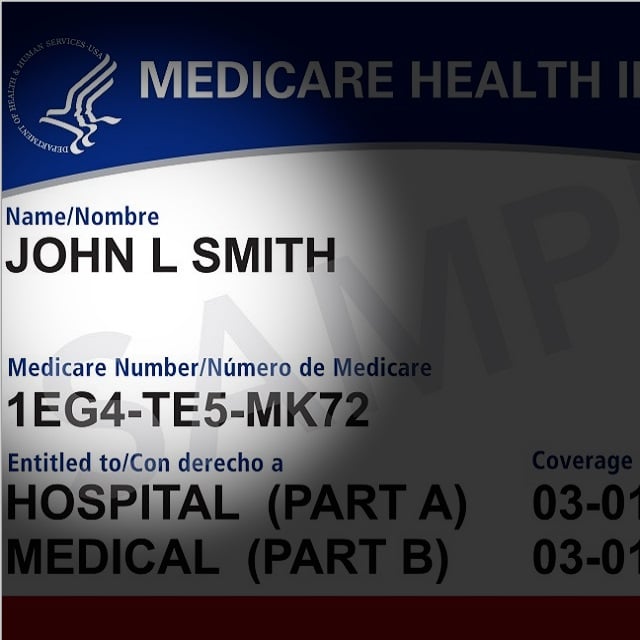Falcon
NOT FOR REPRINT
5 States Where Prospects Are Getting Fat Fast, With 50 States of Trend Data
By
Allison Bell
Slideshow April 29, 2020 at 04:09 PM
Share & Print
The future of the U.S. financial services sector depends, heavily, on what Americans weigh. Weight influences whether prospects can get life insurance, what health insurers' earnings will look like, and how much cash Medicare and Medicaid will need to pull from the economy to support their operations. The U.S. Centers for Disease Control and Prevention (CDC) classifies adults as being obese if they have a body mass index, or BMI, of 30 or greater. For an adult standing 5 feet 9 inches tall, for example, that BMI range translates into a weight of 203 pounds or more. One source of state obesity data is the CDC's Behavioral Risk Factor Surveillance System (BRFSS) survey program.
. — Read 10 States Where Stroke May Hurt Your Sales, on ThinkAdvisor. — Connect with ThinkAdvisor Life/Health on Facebook, LinkedIn and Twitter.
More articles in this Health Data Atlas collection:
- Where More Prospects Are Binge Drinking
- Where More Prospects Are Getting Coronary Heart Disease
- Where More Prospects Have Diabetes
- Where More Prospects Are Getting Kidney Disease
- Where More Prospects Are Having Lung Problems
Obesity | |||
|---|---|---|---|
| The percentage of adults, with annual household income over $50,000, who appear to be obese. | |||
| The CDC behavioral risk survey team defines "obesity" as meaning that an individual has a body mass index over 30. The survey team calculates each BRFSS survey participant's BMI using the height and weight information provided by the participant. | |||
| Location | 2013 | 2018 | Change, in percentage points |
| Alabama | 30.5 | 34.6 | 4.1 |
| Alaska | 28.7 | 29.6 | 0.9 |
| Arizona | 23.8 | 25.9 | 2.1 |
| Arkansas | 30.3 | 36.0 | 5.7 |
| California | 21.3 | 22.9 | 1.6 |
| Colorado | 19.4 | 22.6 | 3.2 |
| Connecticut | 21.6 | 26.0 | 4.4 |
| Delaware | 29.3 | 32.8 | 3.5 |
| District of Columbia | 15 | 17.9 | 2.9 |
| Florida | 24.6 | 29.7 | 5.1 |
| Georgia | 28.1 | 30.5 | 2.4 |
| Guam | 30.7 | 34.5 | 3.8 |
| Hawaii | 21.8 | 24.0 | 2.2 |
| Idaho | 26.4 | 27.4 | 1.0 |
| Illinois | 25.8 | 29.6 | 3.8 |
| Indiana | 29.4 | 34.5 | 5.1 |
| Iowa | 30.2 | 33.8 | 3.6 |
| Kansas | 27.9 | 33.7 | 5.8 |
| Kentucky | 30.7 | 35.6 | 4.9 |
| Louisiana | 30 | 35.2 | 5.2 |
| Maine | 26.2 | 27.8 | 1.6 |
| Maryland | 26.6 | 29.6 | 3.0 |
| Massachusetts | 21.3 | 25.0 | 3.7 |
| Michigan | 29 | 30.9 | 1.9 |
| Minnesota | 24.7 | 29.1 | 4.4 |
| Mississippi | 31.4 | 38.0 | 6.6 |
| Missouri | 29.6 | 34.0 | 4.4 |
| Montana | 23.6 | 27.2 | 3.6 |
| Nebraska | 27.8 | 32.6 | 4.8 |
| Nevada | 24.4 | 29.1 | 4.7 |
| New Hampshire | 25.2 | 27.4 | 2.2 |
| New Jersey | 25.3 | 25.4 | 0.1 |
| New Mexico | 23.9 | 31.4 | 7.5 |
| New York | 22.1 | 25.8 | 3.7 |
| North Carolina | 25.6 | 32.3 | 6.7 |
| North Dakota | 29.2 | 35.3 | 6.1 |
| Ohio | 28 | 34.3 | 6.3 |
| Oklahoma | 32.5 | 34.2 | 1.7 |
| Oregon | 25.4 | 28.7 | 3.3 |
| Pennsylvania | 28 | 30.2 | 2.2 |
| Puerto Rico | 29.6 | 35.1 | 5.5 |
| Rhode Island | 24.8 | 24.2 | -0.7 |
| South Carolina | 29.1 | 31.0 | 1.9 |
| South Dakota | 31.5 | 29.4 | -2.1 |
| Tennessee | 30.3 | 33.3 | 3.0 |
| Texas | 26.8 | 33.6 | 6.8 |
| Utah | 23.4 | 27.8 | 4.4 |
| Vermont | 23.1 | 26.1 | 3.0 |
| Virginia | 24.9 | 29.2 | 4.3 |
| Washington | 25 | 28.3 | 3.3 |
| West Virginia | 35.9 | 38.6 | 2.7 |
| Wisconsin | 28.4 | 30.4 | 2.0 |
| Wyoming | 27.1 | 29.4 | 2.3 |
| MEDIAN | 26.8 | 29.7 | 3.6 |
NOT FOR REPRINT
© 2025 ALM Global, LLC, All Rights Reserved. Request academic re-use from www.copyright.com. All other uses, submit a request to [email protected]. For more information visit Asset & Logo Licensing.
Featured Resources
View All
Sponsored by Illinois Mutual Life Insurance Company
4 Reasons To Sell Simplified Issue Disability Income Insurance (SIDI)

Sponsored by Illinois Mutual Life Insurance Company
Simplified Issue Disability Income Insurance (SIDI): A Smarter Way to Sell and Protect







